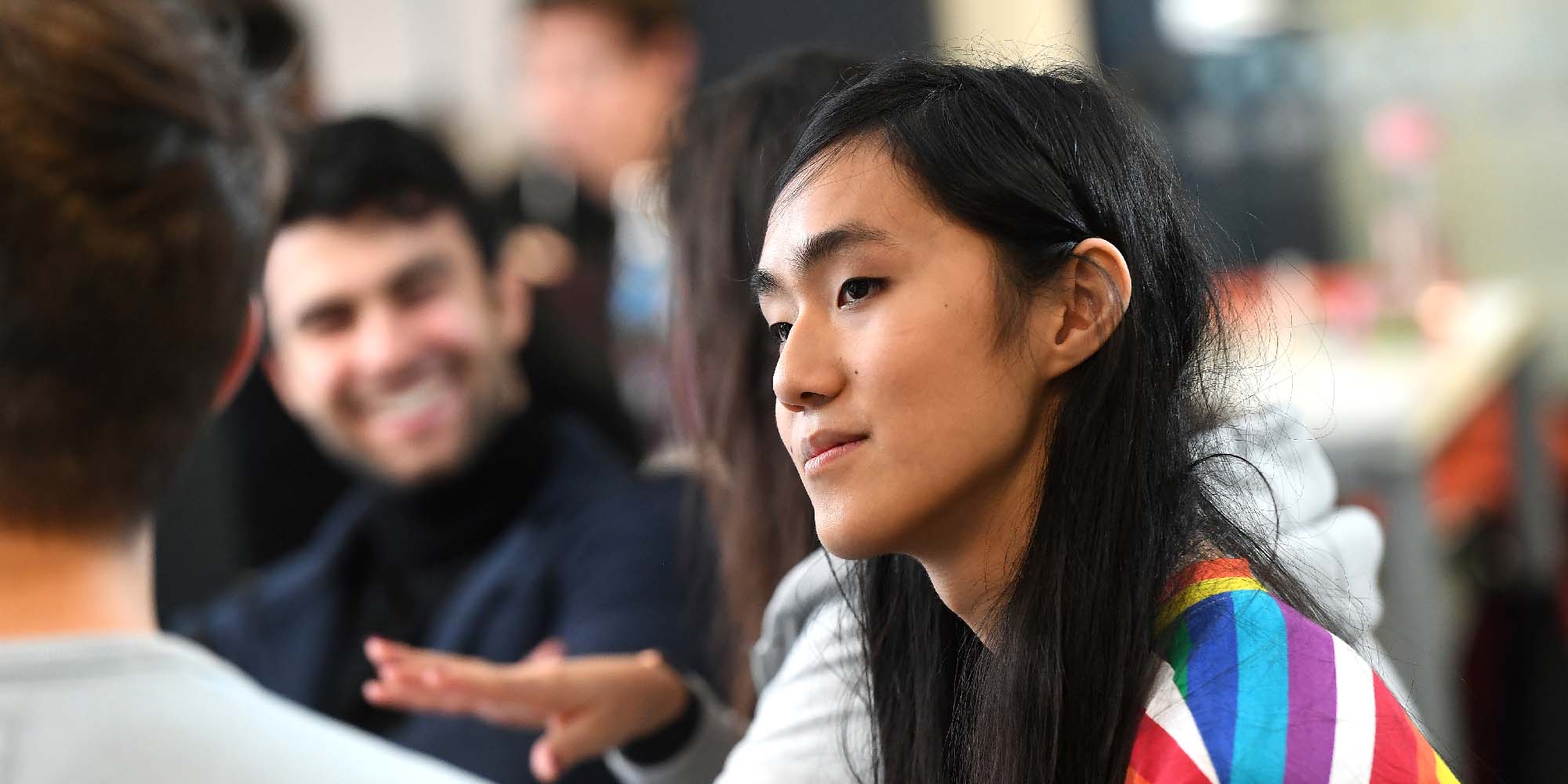Postgraduate research opportunities Non-line-of-sight (NLOS) optical wireless communications
ApplyKey facts
- Opens: Monday 20 January 2025
- Deadline: Saturday 31 May 2025
- Number of places: 1
- Duration: 36 months
- Funding: Home fee, Stipend
Overview
Enabling communication beyond the line-of-sight (LoS) paradigm is crucial for enhancing the link availability and system flexibility of optical wireless communication (OWC). However, several challenges must be addressed to make non-LoS links practically viable. This project aims to develop a comprehensive channel model for deep ultraviolet (UV) non-LoS OWC and to design advanced communication and signal processing techniques to improve the performance of non-LoS OWC.Eligibility
To enter our PhD programme, applicants require an upper-second or first-class BSc Honours degree, or a Masters qualification of equal or higher standard, in Physics, Engineering or a related discipline. Full funding, covering fees and stipend, is available for applicants who are UK Nationals (meeting residency requirements) or have settled status (meeting residency requirements), pre-settled status or otherwise have indefinite leave to remain or enter.

Project Details
Optical wireless communication (OWC) offers very substantial capacity increases over radio frequency (RF) wireless comms, and OWC devices are emerging as an important complement to RF system. On the other hand, OWC usually requires a strict line-of-sight with precise alignment, which can be challenging to achieve. Non-line-of-sight (NLOS) optical communications seeks to achieve the best of both worlds, by harnessing the scattering of photons in the atmosphere to carry the communications signal around corners and over buildings, and generally relax the alignment requirements.
Since atmospheric scattering is significantly stronger at shorter wavelengths, non-line-of-sight OWC is most practical in the ultraviolet region of the spectrum. Furthermore, since the atmosphere absorbs almost all of the Sun’s radiation in the deep ultraviolet (UV) region, there is virtually no natural ambient noise at these wavelengths, making it easier to detect weak scattered signals. Recent advances in deep UV light sources and detectors offer a timely opportunity for the development of this unique communications technology. Challenges for NLOS links are limited channel bandwidth and the presence of intersymbol interference (ISI), due to complex multi-scattering-event paths, in combination with high-path loss and atmospheric turbulence.
This project aims to develop a comprehensive channel model for the deep UV OWC system that accounts for the dynamic effects of turbulence and multiple scattering and to investigate advanced mitigation techniques to enable reliable UV communication. The initial phase involves measuring the deep UV-OWC channel under controlled conditions to analyse the influence of device and environmental parameters on the UV communication channel. These measurements will serve as the foundation for constructing a complete communication channel model. Subsequently, the project will focus on developing effective mitigation techniques, including advanced modulation schemes in combination with machine learning, and synchronisation techniques, to address the challenges specific to UV-based communication.
This project is based at the Institute of Photonics (IOP) at the University of Strathclyde. Furthermore, it is in partnership with Fraunhofer Centre for Applied Photonics (CAP), the UK’s first Fraunhofer centre, which provides professional R&D services to industry. The student will benefit from additional supervision from Fraunhofer CAP staff and exposure to the real-world requirements of commercial applications.
The research will encompass the design and development of optical systems, advanced signal processing techniques, communication protocols, and synchronisation techniques, all of which are highly sought-after skills in both academic research and industrial R&D. The PhD student will have access to cutting-edge laboratory facilities, including deep UV lasers and SPAD array devices, optical characterization resources, software tools, and collaboration opportunities with ongoing projects at IoP and Fraunhofer CAP.
Institute of Photonics: The Institute of Photonics (IoP), part of the Department of Physics, is a centre of excellence in applications-oriented research at the University of Strathclyde. The Institute’s key objective is to bridge the gap between academic research and industrial applications and development in the area of photonics. The IoP is located in the £100M Technology and Innovation Centre on Strathclyde’s Glasgow city centre campus, at the heart of Glasgow’s Innovation District, where it is co-located with the UK’s first Fraunhofer Research Centre. Researchers at the IoP are active in a broad range of photonics fields in the areas of Photonic Devices, Advanced Lasers and Neurophotonics.
Strathclyde Physics is a member of SUPA, the Scottish Universities Physics Alliance.
The University of Strathclyde has, in recent years, been the recipient of the following awards: The Queen’s Anniversary Prizes for Higher and Further Education 1996, 2019, 2021 & 2023; Times Higher Education University of the Year 2012 & 2019; Daily Mail University of the Year 2024 Runner-Up; Daily Mail Scottish University of the Year 2024; Triple E European Entrepreneurial University of the Year 2023.
Funding details
The funding covers the full stipend and tuition fees at the home rate (not the international rate). To be classed as a home student, applicants must meet the following criteria:
- be a UK national (meeting residency requirements), or
- have settled status, or
- have pre-settled status (meeting residency requirements), or
- have indefinite leave to remain or enter.
While there is no funding in place for opportunities marked "unfunded", there are lots of different options to help you fund postgraduate research. Visit funding your postgraduate research for links to government grants, research councils funding and more, that could be available.
Supervisors

Primary supervisor: Dr Sujan Rajbhandari
Additional supervisor: Dr Matthew Warden (Fraunhofer CAP)
Apply
Applicants should send an up-to-date CV to iop@strath.ac.uk in the first instance.
Number of places: 1
To read how we process personal data, applicants can review our 'Privacy Notice for Student Applicants and Potential Applicants' on our Privacy notices' web page.

